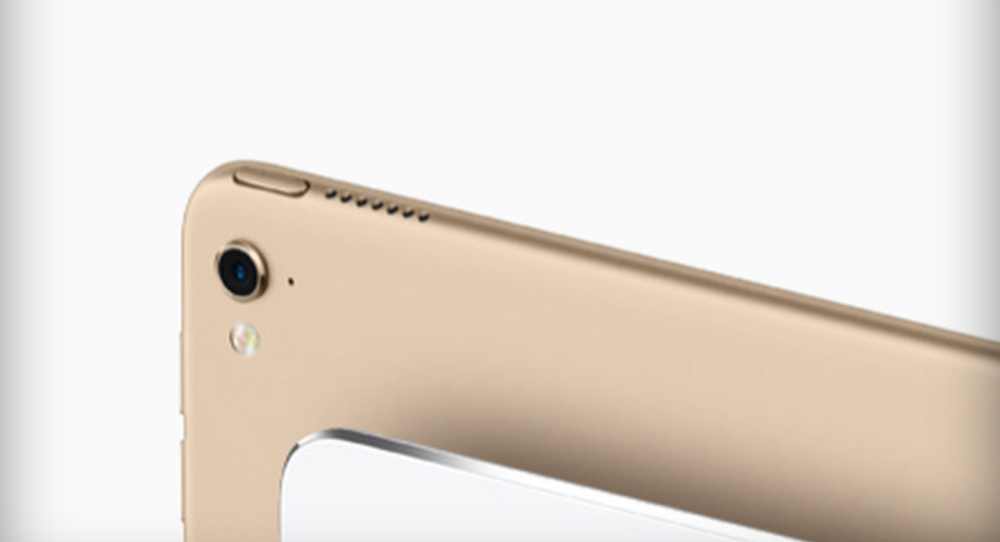
According to the latest findings from beta testers of the preview release of iOS 10, owners of Apple iPad Pro and iPhone will be able to take photos in DNG RAW format. For those who aren’t into professional photography, RAW is a type of image file that comes devoid of compression, or other post processing.
When taking a picture with an iPhone or an iPad, the built in hardware and software converts the picture captured by the camera sensor into a file format that supports compression, such as Jpeg.
Compression makes image files smaller, so that we may fit more pictures in the internal storage of our devices. The downside of compression is that it degrades the quality of the image, ever so slightly, depending on the level of compression used, and the file size we want to achieve. Image degradation is never extreme, and it usually results is image quality that is acceptable for most consumers.
When taking a photo using a RAW file format, like DNG, or Adobe CR2, the final image can be very large, as it contains all the information captured by the sensor, including metadata. High-dynamic range images take even more space, because they include multiple shots taken with different levels of exposure, to create special effects and compositions.
The ability to take pictures using RAW file formats can be desirable by professional photographers, who may want to be able to take quick unprocessed test shots with a pocket device, rather than a DSLR. This would allow pro photographers to rapidly take and process RAW images with a higher level of detail, for high-quality mockups, and other tasks that fit their workflow. With that in mind, the iPhone and iPad Pro are primarily targeted to consumers, which begs the question of why would consumers be interested in a feature designed for a niche market such as professional photographers.
Here is what we can expect from iOS 10’s new RAW photos support:
- RAW photos will be saves in DNG format
- Simultaneous DNG + JPG capture
- Rear camera RAW capture will be possible from iPhone 6s, 6s Plus, SE, and 9.7” iPad
As mentioned above, RAW images take up a considerable amount of internal storage. Also, most consumers aren’t really interested in learning about professional photography. With that said, it’s also true that consumers who pay a premium price for a device like the iPhone 6 Plus, or the 9.7 inches iPad Pro, do so trusting that the quality of their photos will be leaps and bounds ahead of budget friendly devices.
The perception of a device that incorporates a premium feature, like DNG RAW photos, is what drives sales, as it makes the consumer feel like a pro, without necessarily being one. The same argument can be made about “prosumer” DSLR’s, like the Canon EOS Rebel T-series, one of the most popular DSLR cameras among consumers who don’t really know the first thing about photography, but sure do appreciate the additional options next to the “Auto” setting, even if it’s very unlikely that they’ll ever move the dial any further.
Consumers who are interested in this feature will also likely look into bigger storage options, such as 128GB for the iPhone, and 256GB for the iPad Pro.